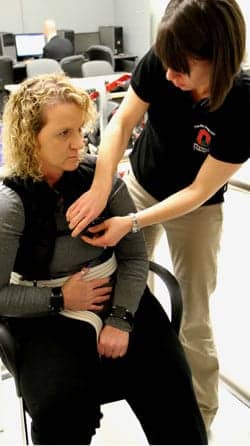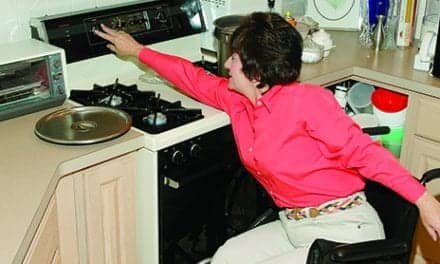
The researchers note that a total of six sensors are placed on the patient’s arms, legs, and chest. As the patient walks or performs other functional activities, the sensors relay information to one another and back via a computer engineered to chart how and where the patient is moving.
Stephen Page, PhD, associate professor of occupational therapy, Ohio State’s School Health and Rehabilitation Sciences, notes, “The nice thing about this technology is we can measure their balance and walking anywhere. We can have someone go up steps or perform household tasks, such as in a kitchen. Anywhere that walking or balance is important is a place we can capture how well the person is moving,” Page explains.
The release reports that the technology is being used to evaluate the progress in a study intended to test a new type of rehabilitation intervention for stroke survivors. Page’s team is reportedly combining electrical muscle stimulation with active stepping motion on a recumbent bicycle. The study aims to determine whether a blend of active motion and electrical stimulation provides added benefit for the patient via neuroplasticity or by retraining the brain. The first part of the study will encompass 10 participants who have sustained a stroke within a year to 18 months prior to study enrollment and have limited ability to walk. During the course of 10 weeks, researchers say half of the study participants will receive electrical stimulation on their legs while biking, while the other half will receive placebo treatment while biking.
See this technology in action by clicking here.
[Source: Ohio University Wexner Medical Center]





